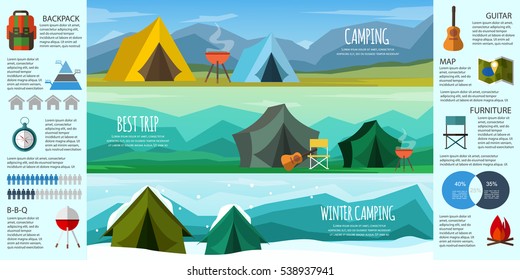As outdoor camping advanced to mirror a more comprehensive social shift towards mindfulness and sustainability, outdoor tents style did the same. Whether it's with user-friendly configuration solutions or the application of Fitts' Regulation, modern-day camping tent design remains to introduce and broaden camper's options for outdoor expedition.
The wedge camping tent, additionally called a wall surface tent, can be constructed by erecting the ridgepole atop upright posts and freely staking down each side. This permits even more living and moving around area than an A-frame camping tent.
The A-Frame
Among the most renowned outdoor tents designs is a conventional A-frame. This framework takes its name from its roofline, which resembles the capital letter A. This shape creates a vaulted ceiling that offers an open, large feeling inside the home. The sloping wall surfaces likewise make second-level loft rooms ideal for sleeping.
In the past, a good scout might set up a canvas A-frame tent in two mins or less. A modern A-frame cabin can supply the same simplicity of installation, yet with far better climate defense and even more functional room.
A-frames are an excellent example of functional design, which highlights minimizing the intricacy of a product to make sure that it can be a lot more quickly comprehended and utilized. Today, UI/UX developers utilize this principle to craft instinctive user interfaces that allow users to achieve their objectives with optimal efficiency. This technique mirrors the A-frame's beginnings as a solution to human requirements. The simplicity of A-frames likewise reflects a need for exterior experiences that stabilize technological advancement with a much deeper connection to nature.
The Wedge
Whether you are new to wall surface outdoors tents or are an experienced camper, picking the right frame for your canvas sanctuary can feel like a frustrating experience at first. With so many alternatives for textile, frames and levels of protection from the aspects to consider, you can quickly obtain lost in a sea of lingo.
Fortunately, navigating the globe of wall surface tents does not have to be so daunting. We have actually established our very own system to help you streamline your decisions. With our straightforward Wedge model, we have actually eliminated the requirement shopping bag for complex textile and structure selections so you can spend even more time appreciating your journey and less time worrying about your shelter.
The Baker
The baker camping tent is a changed lean-to style camping tent. It is an extremely flexible and valuable shelter that can be whized limited against the components or opened to let in the heat of a reflector campfire. The baker was the outdoor tents of choice of lots of logging camps and wild canoe adventurers in the 1800's. The baker camping tent additionally acquired prestige in the early 1900's when across the country understood outside author Horace Kephart made use of a baker tent at his well-known base camp on Dicks Creek in North Carolina.
Picking the appropriate internal frame, tube size and construction is a vital factor in establishing the toughness of your wall surface tent and how it will certainly handle altering weather. In addition, a considerable part of your wall surface tent's long life and capability is determined by the therapy that it has been subjected to. Bravo's bonded steel interior frameworks are developed utilizing remarkable 1 3/8 inch galvanized tubes and sturdy welded angle kits that are braced for added toughness.
The Whelen
In a time of raising industrialization and urbanization, camping was a stepping back to standard nature appreciation. It offered an opportunity to value blemishes in products and crookedness of the landscape, to accept the transience of daily rhythms of rising, moving, resting, and relaxing, and to get in touch with the natural world at a profoundly human level.
Early camping tent designs were crafted with an eye to economy of space and weight, yet we have actually seen a desertion of these conservative concepts towards bigger, gangly styles that take longer to establish, call for even more mindful preparation of the footprint, and deal much less in terms of weather protection. By doing this, the contemporary camping tent shows a societal shift far from technical innovation and towards mindfulness, sustainability, and appreciation for a more environment. Similar to tents, UI/UX style is also centered on conference human demands. Fitts' Regulation, as an example, instructs us to focus on the size and distance of interactive aspects in order to facilitate quicker and more efficient individual communications.
